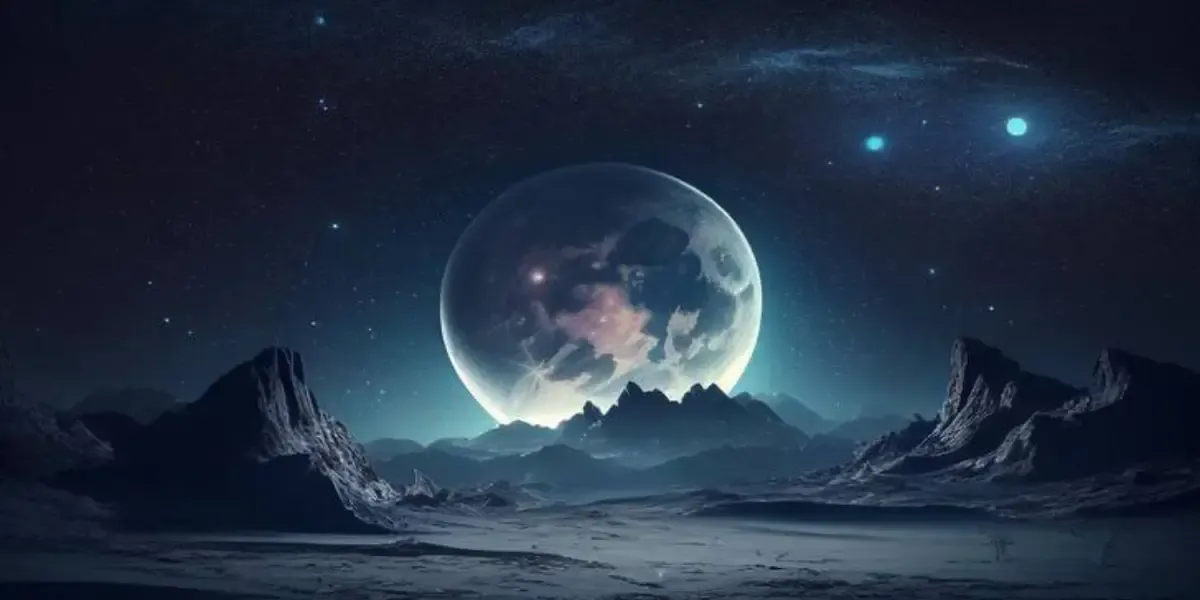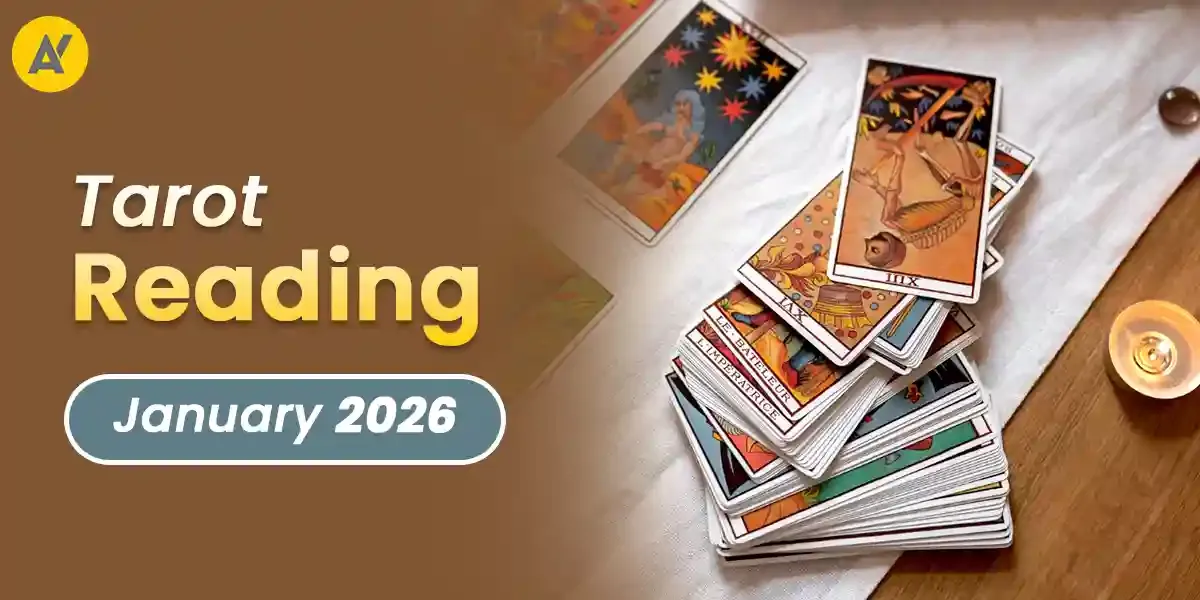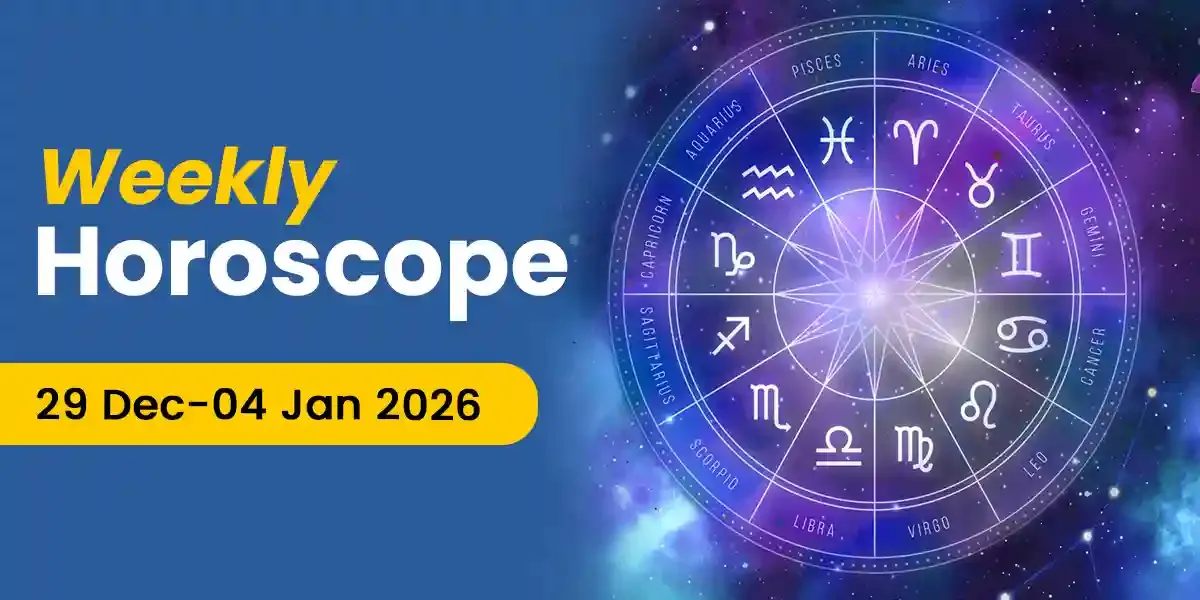
Indian tradition considers every Purnima - The Full Moon time sacred. But the significance of the Full Moon night of Sharad Purnima dates back to ancient times. Continue reading to learn why devout Hindus regard Sharad Purnima as an extremely auspicious occasion and why the Moon is said to be especially powerful on this night.
The auspicious Sharad Purnima (the Full Moon night of the Hindu lunar month of Ashwin, which usually falls between September and October) marks the beginning of the autumn harvest celebrations, signifying the end of the monsoon and sowing the seeds of fresh life in various regions of India. In the Hindu lunar calendar, Sharad Purnima is regarded by devout Hindus as one of the most important and special Purnima, or Full Moon nights. On this day, deities at temples are typically clad in white to represent the brilliance of the Moon. Many people also fast for the entire day.
Sharad Purnima, also known by other names such as Kojagiri Purnima, Kumata Purnima, Navanna Purnima, or Kamudi Purnima in different regions of India, occurs four days after the festival of Dussehra and marks the beginning of the Sharad Ritu (the harvest season). This Full Moon night is very significant for spiritual seekers as well because the Moon is thought to have many healing effects and nourish our body and mind. It is also believed that anything left under this Full Moon absorbs the beneficence of its beams and can work as a carrier to spread this energy.
Let's learn more about the divine event of Sharad Purnima.
What is the Date and Time of Sharad Purnima 2024?
Below are the auspicious dates and times of Sharad Purnima 2024.
Sharad Purnima - 16th October 2024 (Wednesday)
Purnima Tithi (Begins)- 08:40 PM on 16th October 2024 (Wednesday)
Purnima Tithi (Ends) - 04:55 PM on 17th October 2024 (Thursday)
What Are the Sharad Purnima Puja Rituals?
There are various ways to observe Sharad Purnima, which vary from region to region. The Puja rituals to do on Sharad Purnima are listed below.
Wake up early in the morning in the Brahma Muhurta, and take a bath. Ideally, you should bathe in a holy river, but you can also bathe at home by adding Gangajal (water from the Ganges ) to the water.
Place the Goddess Lakshmi idol or image on a red cloth after cleaning it with Gangajal or any holy water. Adorn the Goddess with beautiful clothes, jewelry, and other ornaments.
Then, light up a Diya (earthen lamp) and offer the Goddess lotus flowers, fruits, and sweets.
Pray to Goddess Lakshmi and chant Lakshmi Mantras, and read Katha (story) to gain her blessings.
When the Moon is up in the sky in the evening, worship Lord Chandra (Moon God) with white flowers, Diya, and offer special Kheer. Complete the Puja by offering Aarti to the Moon.
Keep the Kheer in a sieve-covered utensil overnight in the moonlight. The next day, share the Kheer as Prasad with family and friends.
The Importance of Sharad Purnima Vrat and Bhog
Traditionally, people keep Sharad Purnima Vrat (fasting) for the entire day and prepare a special Bhog to offer to God. While some people observe the Nirjala Vrat (fasting without water and food), others eat and drink coconut water, fruits, and other Vrat food. Rice Kheer, along with many sweet and savory dishes, is a staple of the Bhog platter. After conducting the Puja (worship rituals), devotees prepare rice Kheer and break their Vrat by eating it. The next day, the Kheer is shared with friends and family.
To take advantage of the holy event of Sharad Purnima, rice Kheer, a popular Indian sweet dessert comprised of cow milk, rice, and sugar, is customarily cooked on the day of Sharad Purnima and placed in the moonlight for the entire night. The Kheer, which is thought to be energized and reinforced by moonlight, is consumed in the morning and distributed as Prasad among family members.
Newlywed ladies who make a commitment to observe Puranmashi fasting for an entire year start their fast on Sharad Purnima.
Sharad Purnima Significance
Sharad Purnima is considered a significant festival for Hindus. On the day of Sharad Purnima, the Moon shines with all sixteen of its Kalas, and its rays also possess special healing qualities that nourish both the body and the soul. Each Kala represents a different human quality, and the combination of all sixteen Kalas results in a flawless human personality. As per the ancient Hindu texts, Lord Krishna was the only incarnation of Lord Vishnu, who was born with all sixteen Kala(s). During Sharad Purnima, it is also said that the moonlight drops nectar. On the night of Sharad Purnima, it is believed that the gods give the world Amrit, or nectar, through the most exquisite Full Moon, which brings out the best in all living things and inanimate objects. Therefore, it is highly important to worship Lord Chandra or the Moon on Sharad Purnima.
How is Sharad Purnima Observed Across India?
The myth of Goddess Lakshmi and her earthly visit is one of the many tales surrounding this Purnima. According to legend, on this Full Moon night, Goddess Lakshmi visits the Earth. She makes her way around, stopping at the homes of those who are awake. According to ancient Hindu texts, those who stay awake on this Full Moon night will be blessed with good health, wealth, and prosperity.
In the Brij region, Sharad Purnima is dedicated to Lord Krishna and is known as Raas Purnima. On this day of Sharad Purnima, Lord Krishna is said to have performed Maha Raas, the holy love dance. As per legend, when the Gopis of Vrindavan heard the divine melody played on Krishna's flute on the eve of Sharad Purnima, they secretly left their homes and families and went into the forest to spend the entire night dancing with Krishna. On that day, Lord Krishna produced several Krishnas, one for each Gopi. It is thought that Lord Krishna miraculously extended the night so that it lasted one night of Lord Brahma, equivalent to billions of years in human years.
During Sharad Purnima, devotees in West Bengal, Odisha, and Assam celebrate Lakshmi Puja and worship Goddess Lakshmi.
Garba and Raas programs are organized in Gujarat, whereas devotees assemble in Maharashtra to enjoy the night with traditional games and singing.
What Does Science Say?
The Full Moon’s rays are thought to have healing powers because the Moon is closest to the Earth on this day. Fasting is a medical practice. Fasting on Purnima, in particular, can have many beneficial impacts on the body and psyche. Purnima fast provides numerous long-lasting advantages, such as regulating the body's metabolism, lowering acidity, boosting stamina, and purifying the digestive system. Fasting allows both the mind and the body to relax.
What Does Ayurveda Say?
According to Ayurveda, the end of the monsoon season is when the 'Pitta,' or acidity, gets worse. In India, during the rainy season, we tend to eat more foods with additional ginger, garlic, oil, and chiles (heating properties). All these things raise Pitta in the body, resulting in imbalance. This is why cooling meals are recommended to neutralize and balance Pitta. Sweet, bitter, cooling, and easily digestible foods, such as ghee, sweet milk, sugar, coconut, Chandan, etc., are consumed to minimize Pitta. Furthermore, the Moon is considered the controller of both mind and water, as evidenced by the fact that tidal waves rise above the sea during a Full Moon, and the Moon is also responsible for causing particular effects on the water components of our body. In addition, Purnima fast, when combined with the day's Pujas and prayers, refreshes and recharges the entire human system, bestowing prosperity and happiness.
As Sharad Purnima marks the end of monsoon and the beginning of the autumn harvest season, the tradition of consuming Kheer or milk on the auspicious day of Sharad Purnima was devised in such a way that members of the household would observe a daylong fast (avoiding dinner as well). Then folks consumed the Kheer or milk that had been left out under the moonlight the following morning to reap the benefits from this preparation.
What Does Spirituality Say?
The Full Moon of Sharad Purnima is also significant for spiritual seekers. According to the Vasishtha Samhita (ancient Hindu text), the Moon has all 16 Kalas (phases), and the Full Moon is the greatest moment to harness the healing light. According to Vedic astrology and Vedic traditions, it is said that meditating on the night of Sharad Purnima provides us with nourishment and well-being.
Concluding Thoughts
Nature is supposed to open a doorway allowing humans to uncover deep potential within themselves. This backdrop inspired the creation of several Hindu ceremonies and celebrations. With such rich history, legend, and tradition behind it, it can rightly be said that Sharad Purnima is the most celebrated and auspicious of all the Purnimas or Full Moon nights.
Astroyogi wishes you and your loved ones an auspicious Sharad Purnima!
Our in-house team of writers comprises of vibrant, like-minded, and curious souls who are passionate about helping people find joy and motivation through the magic of words. Our writers are keen on using their skills to make the study of divination sciences a guiding tool in people's lives. They hold expertise in writing on a myriad of topics related to Indian Astrology, Spirituality, Planetary Movements, Vastu Shastra, Numerology, and Tarot among several others. The Astroyogi team aims to write articles that can help the readers lead a life of peace and tranquility whilst enjoying the many ups and downs of life!







































